Introduction to the Coffee History of Rwanda and Coffee Flavor of Abakundakawa Cooperative
Rwanda (Rwanda) from Central Africa, neighboring to the north (Uganda), east (Tanzania), south (Burundi), and west (Republic of the Congo ~ old say), is a truly standard landlocked country (see figure 1). All products must be agreed with neighboring countries to export or import to the sky or to the sea, or it is a dead end. Take a look at its neighboring countries are all big coffee-producing countries. For many years, Rwanda coffee beans have to be exported abroad through the ports from Uganda to Kenya. Therefore, in addition to doing a good job in diplomatic relations with these two countries, international organizations and the United States and the European Union have also helped a lot behind it, but the United States and the European Union are not so well-intentioned and white-minded. You should wonder why.
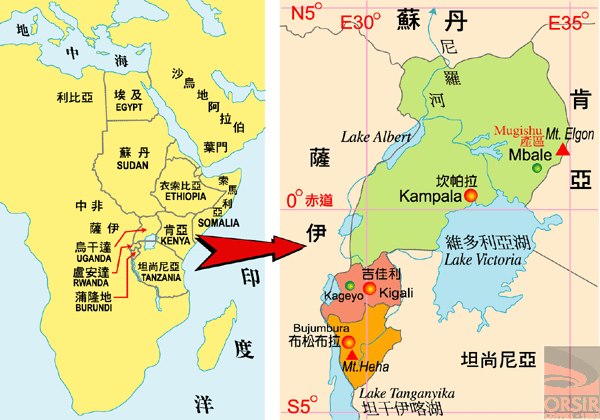
Rwanda is as ill-fated as many African countries. Ethnic conflicts, civil wars and massacres have always been the causes of pain and backwardness in the hearts of the people of African countries. The most recent massacre of nearly 1 million civilians in the Rwanda ethnic civil war in 1994 shocked the world, among which European and American countries and United Nations forces were also the biggest accomplices. Then a real-life film Hotel Rwanda (Hotel Luanda) reappeared in 2004, which made people feel deeply. To this day, there are still sporadic grenade attacks and small battles in Kigali, the capital of Rwanda, and the surrounding provinces, and the ethnic war continues.
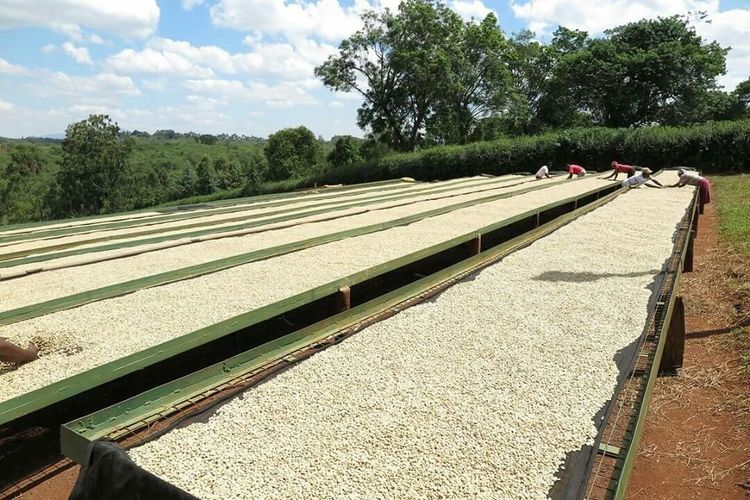
The consequence of the ethnic civil war was to create a group of widows and orphans, so in the post-war recovery process assisted by international organizations, we have clearly found that more than 50% of the members of Rwanda coffee cooperatives, large and small, are illiterate women and widows, because men, young and old, were almost massacred in that incident.
Rwanda was a German colony in the early 20th century, and then it was held by Belgium at the end of World War I. in the early years, coffee was first introduced by German missionaries and began to grow coffee in 1904. Coffee production increased significantly around 1930. Rwanda was the ninth largest exporter of Arabica coffee in Africa, with nearly 450000 small farmers. The average planting area of each small farm was less than 1 hectare (about 165 coffee trees per coffee farmer). The total planting area was about 28000 hectares. Coffee production areas are mainly distributed in the western half of the country and the central region near the capital Kigali Kigali (see figure 2). But mainly low-quality and high-yield exports to Europe were used as cheap mixed beans with no economic benefit until the country's coffee industry was almost destroyed during the ethnic civil war in 1994, and only slowly recovered after the civil war with the help of relevant organizations and the government.
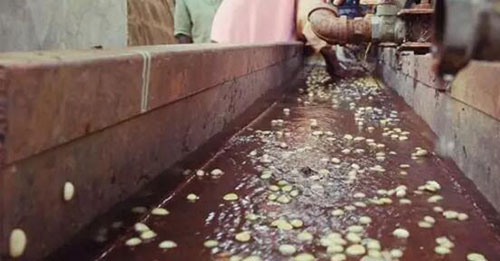
More than 95% of Rwanda coffee varieties are Arabica Bourbon (bourbon) and a small amount of Catuai (Kaduai) Caturra (Kaddura)
The planting height is 1200 to 1800 meters above sea level
The flowering period begins from September to October every year.
The harvest period is from March to July of the following year.
Due to the relationship between climate and geographical environment and the new coffee bean treatment methods brought by relevant coffee organizations to improve the quality, Rwanda has almost completely adopted the water washing method to deal with raw beans in recent years, so cooperatives and estates will share the water treatment plant to save money. Generally speaking, the water treatment plant must be surrounded by coffee farms.
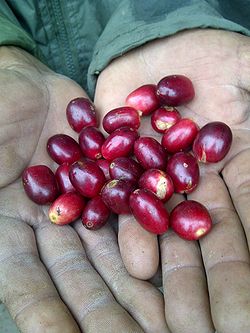
In the annual competition of Top Coffee held by the American Fine Coffee Association SCAA in 2008, Rwanda Aromec's top waterwashed bourbon beans beat the Blue Mountains of Jamaica No.1 and Sumatra Mantenin G1 to win the 2008 COE (Cup of Excellence) Championship Award, which has expanded its fame and price in the coffee industry.
The Abakundakawa cooperative comes from the small village of Musasa and the Rushashi water treatment plant, about 30 kilometers northwest of the capital Kigali, and currently has about 1960 members and 12 and 17 of the two water treatment plants). Farmers grow high-quality coffee organically (but have not applied for or obtained any organic certification) and soak raw beans for 48 hours more than twice the normal washing time to increase the characteristics of bean fermentation. Then with the scaffolding exposure and a large number of manpower to pick out the bad beans that may be caused by soaking for a long time or other reasons, at the same time, in 2010-2012, Abakundakawa has been on the list of COE (Cup of Excellence) held in Luanda for three consecutive years (2010 is the third place), it can be seen that the standard of quality control is not poor, and the overall appearance of raw beans is quite similar to Kenya beans.
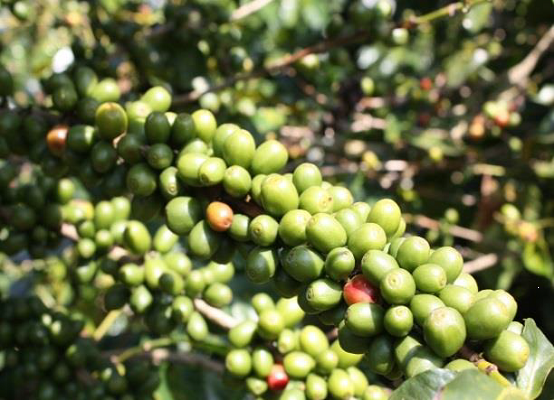
Abakundakawa was founded in 2004. In fact, its official name should be Abakunda Kawa coffee cooperative. It is mainly composed of two women's associations, Hinga Kawa and Dakundakawa.
Generally speaking, Rwanda's beans are smooth, with acidity and floral aromas similar to those of Yegashev and Kenya AA, sweet citrus quality with lemon and orange blossom aromas and caramel, and characteristics somewhat similar to those of East African beans in Zimbabwe and Kenya.
As for the flavor of Abakundakawa, it is said online that drupe / micro-flower aroma has a bit of cocoa multi-layer aroma, melon fragrance is sweet, tail rhyme is good, body and acid quality are good, it changes greatly from hot to cold, there is a weak red wine aroma when cool, and the complexity is excellent ~ I think this is a matter of opinion, and it's hard to say for sure that everyone feels different.
Important Notice :
前街咖啡 FrontStreet Coffee has moved to new addredd:
FrontStreet Coffee Address: 315,Donghua East Road,GuangZhou
Tel:020 38364473
- Prev

Answers to frequently asked questions about coffee beans
Q1: why does a coffee shop have an exhaust hole on the bag that wraps coffee beans? Can you squeeze the bag to smell the aroma? A1: during the roasting process, the internal moisture contained in raw coffee beans will gradually be lost due to the temperature of the roaster boiler, and these originally watery spaces will also be compressed due to the removal of moisture. Once the coffee beans leave the roaster, take them off internally.
- Next
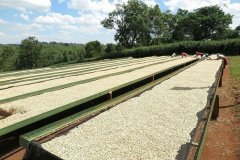
The importance of selecting defective beans what is the definition of defective beans
The necessity of picking beans when you drink a cup of good coffee that is delicious and mellow, why does this cup of coffee taste good? In addition to the excellent varieties of raw coffee beans and the characteristics of careful planting and the correct roasting techniques of coffee roasters, the preparation and screening before roasting is one of the more important factors. Coffee beans are also a kind of agricultural products, naturally among the fruits harvested in the same batch.
Related
- Beginners will see the "Coffee pull flower" guide!
- What is the difference between ice blog purified milk and ordinary milk coffee?
- Why is the Philippines the largest producer of crops in Liberia?
- For coffee extraction, should the fine powder be retained?
- How does extracted espresso fill pressed powder? How much strength does it take to press the powder?
- How to make jasmine cold extract coffee? Is the jasmine + latte good?
- Will this little toy really make the coffee taste better? How does Lily Drip affect coffee extraction?
- Will the action of slapping the filter cup also affect coffee extraction?
- What's the difference between powder-to-water ratio and powder-to-liquid ratio?
- What is the Ethiopian local species? What does it have to do with Heirloom native species?

